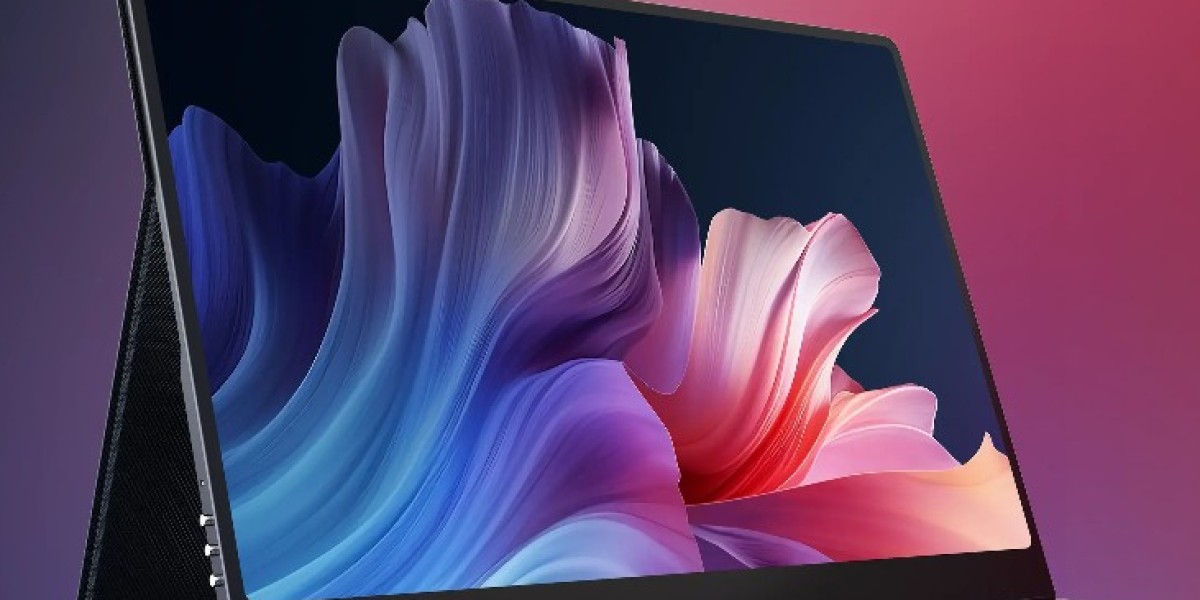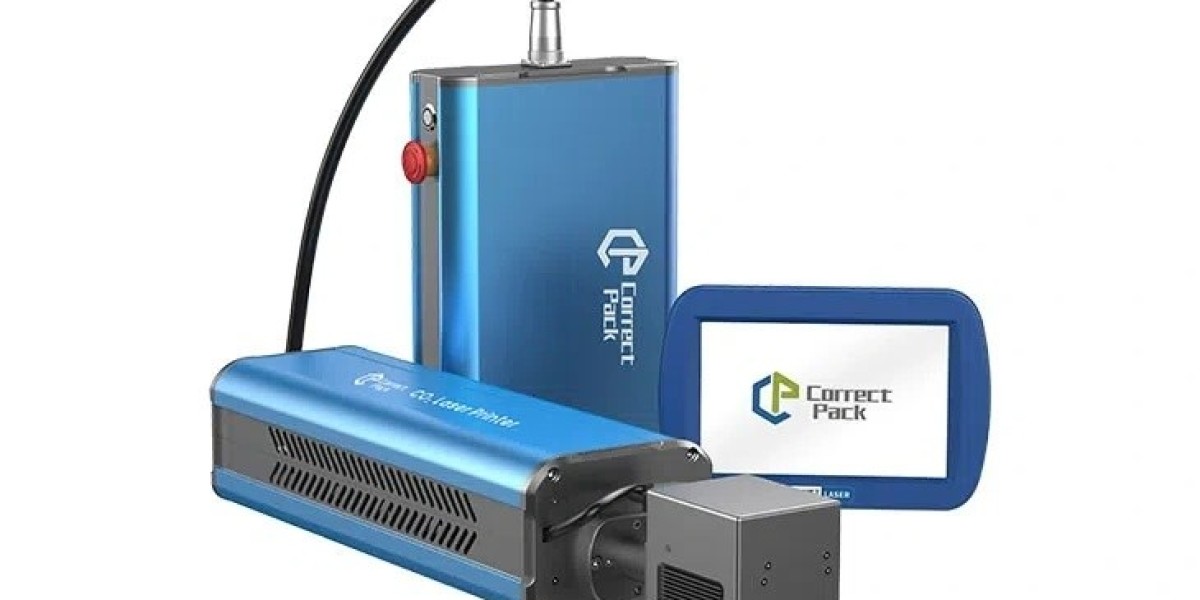In the digital age, displays are no longer confined to indoor spaces. From outdoor advertising to fieldwork, marine navigation, and construction sites, monitors are needed in environments where sunlight exposure can severely impact visibility. Ordinary screens struggle under direct sunlight, appearing washed out, dim, or completely unreadable. This is where the sunlight viewable monitor comes into play—a specialized display engineered to remain bright, clear, and functional even under harsh sunlight conditions.
This article explores everything you need to know about sunlight viewable monitors, including their technology, features, benefits, use cases, and tips for choosing the right one.
What is a Sunlight Viewable Monitor?
A sunlight viewable monitor, also known as a high-brightness or outdoor display, is designed to overcome the limitations of standard monitors in bright environments. Traditional LCD monitors typically offer brightness levels around 200–300 nits, which is insufficient for readability outdoors. In comparison, sunlight viewable monitors deliver brightness levels ranging from 1,000 to over 3,000 nits, making them significantly easier to see under direct sunlight.
These monitors are commonly used in:
Outdoor kiosks and digital signage
Military and industrial fieldwork
Marine navigation systems
Construction and engineering sites
Mobile command centers
Outdoor gaming or entertainment setups
Key Features of Sunlight Viewable Monitors
What makes a sunlight viewable monitor different from a regular display? The secret lies in its specialized engineering and advanced display technology.
1. High Brightness (1000+ Nits)
The primary feature of a sunlight viewable monitor is its superior brightness levels. With 1000–3000 nits, the display maintains visibility in bright daylight, compared to regular monitors that become unreadable beyond 300 nits.
2. Anti-Glare and Optical Bonding
Many models use anti-glare coatings and optical bonding technology, which involves filling the air gap between the LCD panel and cover glass with optical-grade resin. This reduces reflections, enhances contrast, and improves sunlight readability.
3. Wide Temperature Range
Since outdoor environments vary drastically, sunlight viewable monitors are often built to operate in extreme hot or cold conditions without compromising performance.
4. Durable and Rugged Design
These monitors typically come with rugged enclosures, weatherproof casings, and scratch-resistant glass. They may also be IP-rated for protection against dust, water, and other environmental factors.
5. Touchscreen Functionality
Many sunlight readable monitors are equipped with touchscreen capabilities, allowing for intuitive operation even outdoors. Some models include glove-friendly touchscreens for industrial and military use.
6. Energy Efficiency
Despite their high brightness, advanced sunlight viewable monitors are designed to be energy-efficient with LED backlighting and automatic brightness adjustment depending on ambient light.
Benefits of Sunlight Viewable Monitors
Switching to a sunlight readable monitor can make a dramatic difference in environments where visibility is critical.
1. Unmatched Outdoor Visibility
The primary benefit is clear readability under direct sunlight, ensuring that critical information is always visible.
2. Increased Safety and Efficiency
In industries like construction, aviation, and marine navigation, having an unreadable display could lead to mistakes or hazards. Sunlight viewable monitors eliminate this risk.
3. Rugged and Long-Lasting
Their weatherproof and shock-resistant designs ensure durability in tough environments, making them more cost-effective over time.
4. Versatile Applications
These monitors are not limited to professional use; they also enhance outdoor gaming, live streaming, and entertainment setups.
5. Better Color Accuracy and Contrast
Optical bonding and high brightness improve color vibrancy and image clarity, even in glare-heavy conditions.
Applications of Sunlight Viewable Monitors
Sunlight readable monitors are widely used across industries and applications. Here are some of the most common:
1. Marine and Boating
Navigation systems and marine radars rely heavily on sunlight readable displays, ensuring that sailors and boat operators can clearly see maps and controls in open water under direct sun.
2. Military and Defense
In field operations, military personnel require rugged and reliable displays for mission-critical information. Sunlight viewable monitors are built to withstand harsh conditions while remaining fully visible outdoors.
3. Construction and Engineering
Outdoor construction sites benefit from these monitors for blueprint viewing, project management, and machinery control.
4. Transportation and Automotive
In vehicles, especially emergency and off-road units, sunlight readable monitors enhance navigation and operational control.
5. Digital Signage and Advertising
Outdoor advertising displays must remain visible in all lighting conditions, making high-brightness monitors ideal for kiosks, billboards, and information stands.
6. Field Research and Surveying
Scientists, geologists, and surveyors working outdoors rely on sunlight readable displays for accurate data interpretation on-site.
How to Choose the Right Sunlight Viewable Monitor
Not all sunlight readable monitors are created equal. Here are some key considerations when choosing the best one for your needs:
Brightness Level (Nits) – For direct sunlight, at least 1000 nits is recommended. For extreme conditions, 1500–3000 nits may be necessary.
Screen Size – Depending on use, monitors range from compact 7-inch portable units to 55-inch outdoor displays.
Durability and IP Rating – Look for IP65 or higher for outdoor protection against dust, rain, and water jets.
Touchscreen or Non-Touch – Industrial and professional applications often require resistive or capacitive touchscreens.
Power Consumption – Ensure the monitor is energy-efficient, especially for mobile setups.
Resolution – Full HD is standard, but 2K and 4K models offer sharper clarity for professional work.
Operating Temperature Range – Critical for outdoor or industrial use where temperatures can vary widely.
Sunlight Viewable Monitor vs. Standard Monitor
Here’s a quick comparison:
| Feature | Standard Monitor | Sunlight Viewable Monitor |
|---|---|---|
| Brightness | 200–300 nits | 1000–3000 nits |
| Visibility Outdoors | Poor | Excellent |
| Durability | Limited | Rugged & Weatherproof |
| Cost | Lower | Higher |
| Applications | Indoor | Outdoor/Industrial/Marine |
The Future of Sunlight Viewable Displays
As outdoor digital solutions grow, sunlight readable monitors will become even more important. Innovations like OLED sunlight-readable panels, advanced anti-reflective coatings, and solar-powered monitors are emerging. These advancements will further improve efficiency and performance for both professional and consumer markets.
Final Thoughts
A sunlight viewable monitor is a powerful solution for environments where traditional displays fall short. By offering extreme brightness, rugged durability, and enhanced readability under direct sunlight, these monitors ensure that critical information remains visible anytime, anywhere.







